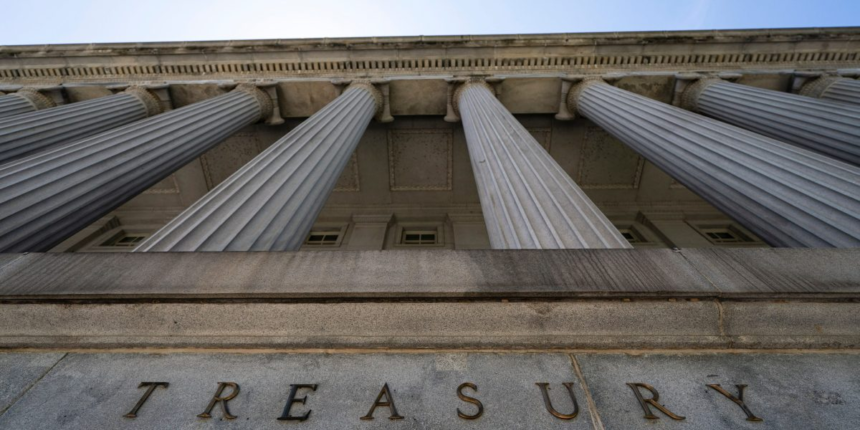One reason investors are drawing back from government debt is concerns over its sustainability. For years economists have been nervously watching the debt-to-GDP ratios of developed economies tip further out of balance, meaning nations aren’t generating the growth to keep up with the borrowing they have financed.
If that ratio tips too far out of balance, or if investors see no signs of governments addressing the issue, experts fear there will be a flight from government securities as buyers demand higher yield premiums in return for their debt purchases. This could prompt a range of outcomes, with either central banks forced to step in to ease money supply or political pressure mounting to the point of significant cost-cutting.
The picture in the U.S. is slightly more complicated, but boils down to confidence in the fundamentals of America’s economy. As Reid notes: “Concerns around Fed independence also contributed to the bond market moves. A second court hearing began yesterday on whether President Trump can be temporarily barred from dismissing Fed governor Lisa Cook … Earlier, nearly 600 economists signed an open letter in Cook’s defense, while FHFA director Bill Pulte kept up accusations of mortgage fraud.
“Meanwhile, Treasury Secretary Scott Bessent confirmed the search for Powell’s successor as Fed chair is already underway … In comments to Reuters, he stressed that the Fed ‘should remain independent,’ though he was quick to add that it has also ‘made a lot of mistakes.’”
With Bessent and Trump continuing to pressure the Fed for lower interest rates—and with economic data suggesting this may soon be appropriate—Treasury yields on the shorter end are lowering in anticipation of cheaper borrowing.
Goldman Sachs noted the widening of the gap between short- and long-term yields, writing to clients Friday: “Despite relative stability at the very front end of the U.S. curve, cut pricing in 2026 has continued to build alongside a rise in risk premium at the long end.”
Oxford Economics’ John Canavan echoed in a note yesterday: “Supply pressures also argue for continued upward pressure on term premiums. Treasury Secretary Scott Bessent has suggested the Treasury avoid increasing the size of long-end Treasury issuance unless rates move lower, but the Treasury still needs to raise much more than is maturing for the 10-year and bond auction cycles each month, even if the auction sizes remain steady.
“Market participants might be taking some comfort in a recent Congressional Budget Office forecast that the increase in tariffs will reduce deficits over the next 10 years by a total of around $4 trillion, but we think the effective tariff rate will be lower than that assumed by the CBO, which means the impact on deficits will be smaller. If deficits are larger than expected, the upward pressure on the term premium is likely to increase regardless of the specific monthly 10-year and bond auction sizes.”









